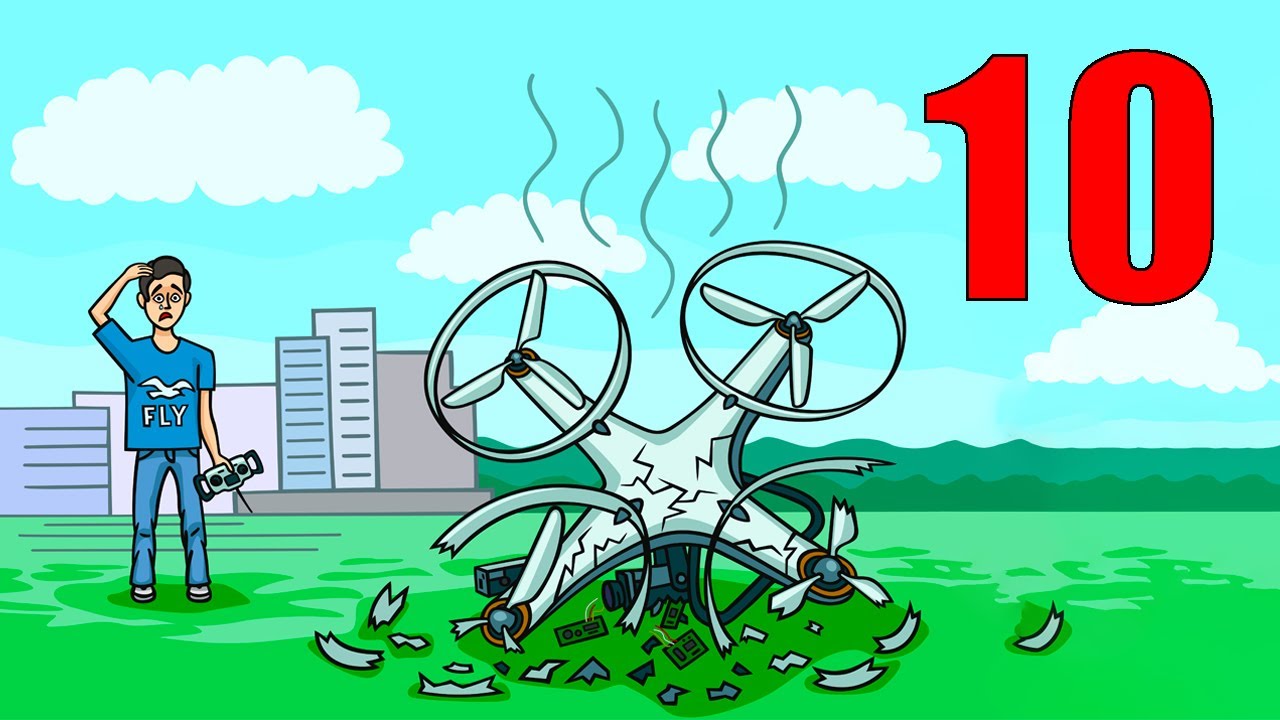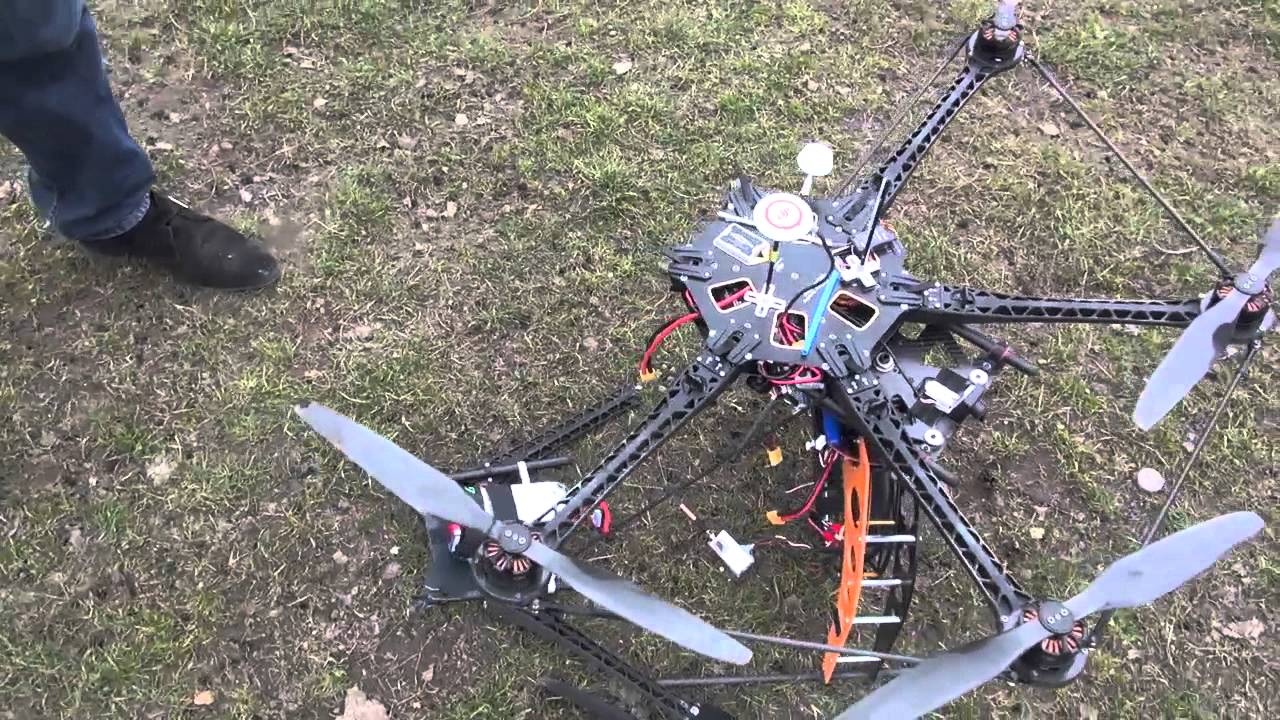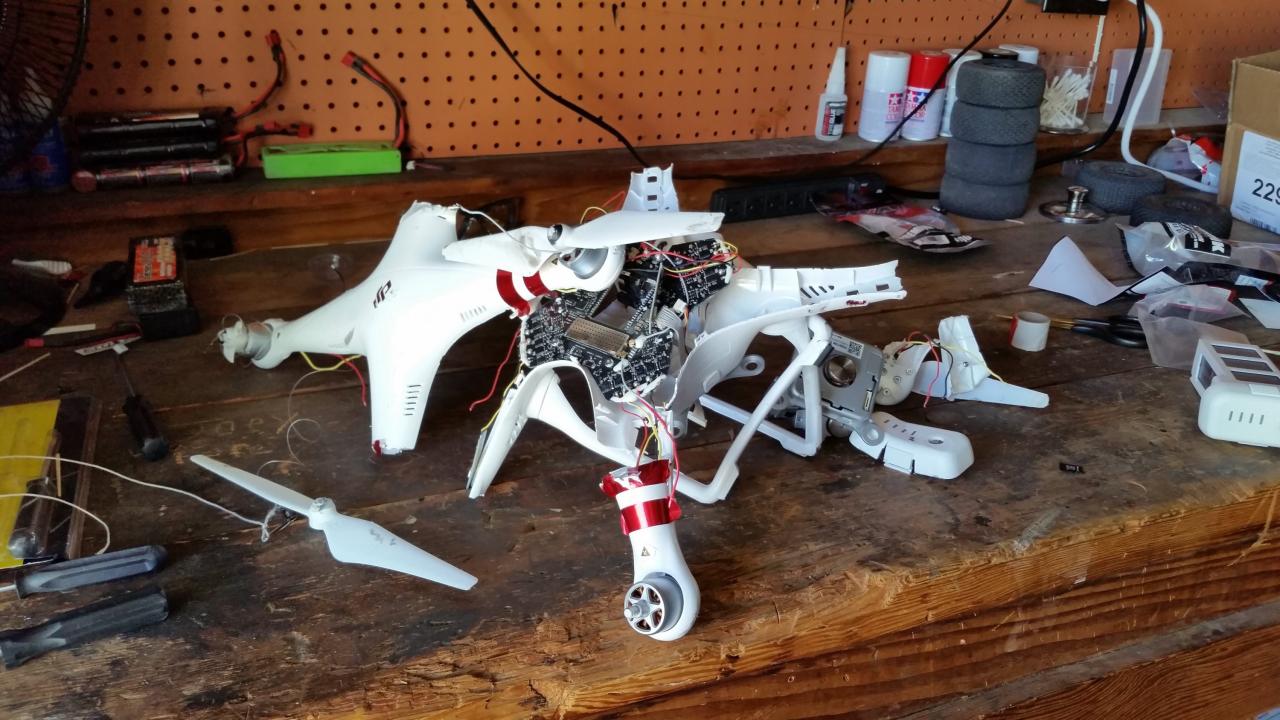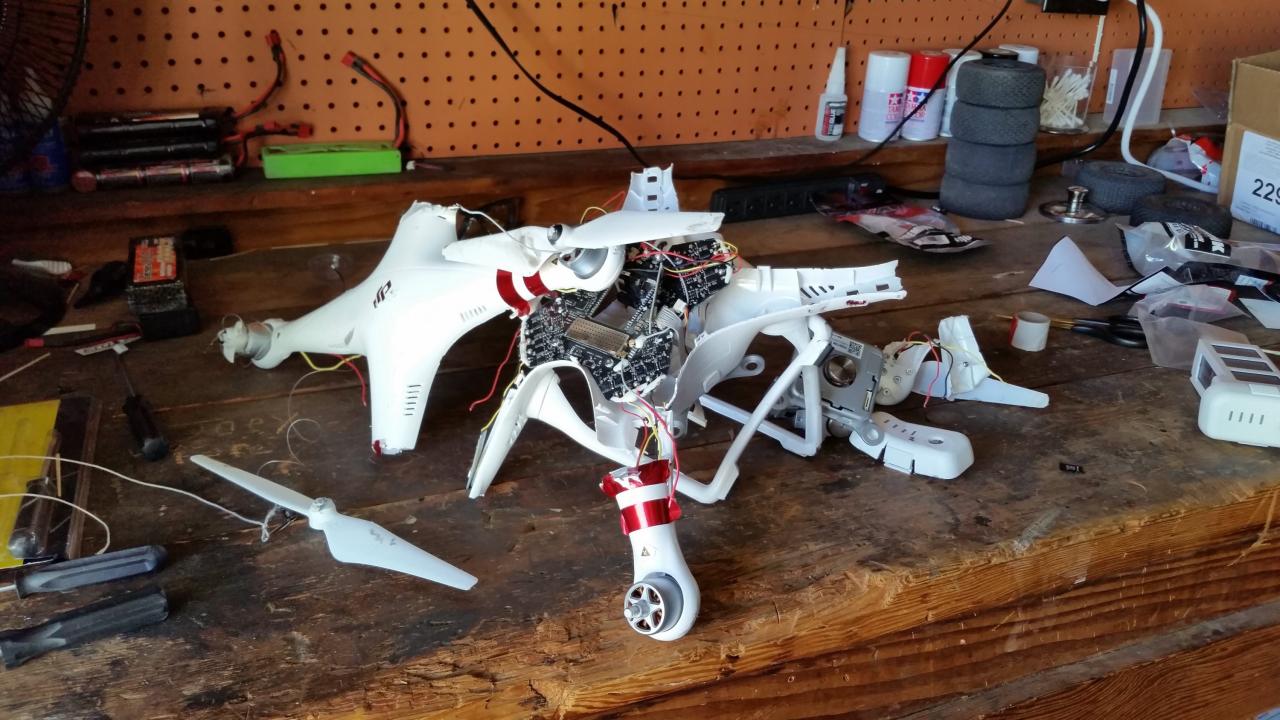Drone show crash—it sounds dramatic, and it can be. These spectacular displays of light and technology are increasingly popular, but the potential for disaster lurks beneath the surface. From simple software glitches to complex failures of multiple systems, a drone show crash can range from a minor inconvenience to a major safety hazard. This guide explores the various causes of these crashes, the safety protocols in place to prevent them, and what happens in the aftermath.
We’ll delve into the different types of crashes, examining everything from pilot error and hardware malfunctions to environmental factors and software bugs. We’ll also look at the crucial role of safety regulations, pre-flight checks, and emergency procedures in mitigating risk. Understanding these elements is key to ensuring the continued success and safety of drone shows worldwide.
Drone Show Crashes: Understanding the Causes and Prevention
Drone shows, while visually spectacular, are complex operations with inherent risks. A single malfunction can lead to a cascade of failures, resulting in a spectacular, yet costly and potentially dangerous, crash. This article delves into the various factors contributing to drone show crashes, exploring preventative measures and post-crash procedures.
Types of Drone Show Crashes

Drone show crashes can be categorized by their root cause. These categories are not mutually exclusive; often, multiple factors contribute to a single incident.
Drone show crashes are unfortunately becoming more common, highlighting the need for better safety protocols. A recent incident, similar in nature, involved a drone crash in Paris , which underscored the potential for significant damage and disruption. Learning from these incidents, including the Paris crash, is crucial for improving the safety and reliability of future drone shows.
| Crash Type | Cause | Consequences | Prevention Strategies |
|---|---|---|---|
| Software Malfunction | Bugs in flight control software, communication protocols, or synchronization algorithms. | Loss of control, mid-air collisions, uncontrolled descent. Potential damage to property and injury. | Rigorous software testing, redundancy systems, and fail-safe mechanisms. |
| Hardware Failure | Motor failure, GPS malfunction, battery depletion, or sensor errors. | Loss of altitude control, unexpected maneuvers, uncontrolled descent. Potential damage to property and injury. | Regular maintenance, use of high-quality components, and redundant systems (e.g., backup power systems). |
| Pilot Error | Incorrect programming, poor decision-making, inadequate response to emergencies. | Loss of control, collisions, and ground impacts. Potential damage to property and injury. | Comprehensive pilot training, realistic simulations, and clear communication protocols. |
| Environmental Factors | Strong winds, rain, fog, or electromagnetic interference. | Loss of GPS signal, reduced visibility, unexpected drone behavior. Potential damage to property and injury. | Careful weather monitoring, show cancellation in adverse conditions, and use of redundant navigation systems. |
Safety Protocols and Regulations
Robust safety protocols are crucial for preventing drone show crashes. These protocols encompass pre-flight checks, redundancy systems, and emergency procedures.
- Pre-flight Checks: Thorough inspections of all drones, batteries, and communication systems are essential before each show.
- Redundancy Systems: Implementing backup systems for critical components, such as GPS and communication links, minimizes the impact of single-point failures.
- Emergency Procedures: Well-defined emergency protocols, including procedures for loss of control, battery failure, and communication loss, are vital.
- Regulatory Compliance: Adherence to local and national regulations concerning drone operation, airspace restrictions, and safety standards is paramount.
Regulations vary significantly across countries and regions. Some countries have strict licensing requirements for drone pilots and operators, while others have less stringent rules. Harmonizing these regulations globally would enhance safety.
Technological Factors Contributing to Crashes
Several technological aspects can contribute to drone show failures. These factors often interact, creating a chain of events leading to a crash.
Hypothetical Scenario: Imagine a drone show where a GPS signal is intermittently lost due to atmospheric interference. This causes a drone to rely on its inertial navigation system, which drifts over time. Simultaneously, a software bug in the communication protocol causes a delay in receiving commands from the ground station. The combination of GPS drift and delayed commands results in the drone colliding with another drone.
- Improved GPS technology with enhanced signal processing and redundancy.
- More reliable battery technology with longer flight times and better safety features.
- Advanced communication protocols with lower latency and higher reliability.
- Robust software development practices with thorough testing and validation.
Human Factors in Drone Show Crashes
Human error plays a significant role in drone show accidents. Inadequate training, poor communication, and fatigue can all lead to mistakes with serious consequences.
Drone show crashes are unfortunately becoming more common, highlighting the need for improved safety protocols. One such incident, sadly involving a child, made headlines; check out this article about a boy hit by drone to see the potential consequences. This underscores the importance of rigorous testing and fail-safes to prevent future drone show crashes and injuries.
Example: A pilot’s failure to properly program the flight path, leading to drones colliding with each other or obstacles, illustrates the impact of human error. Another example would be insufficient communication between the pilot and ground crew resulting in a delayed response to an emergency situation.
Improved training programs that emphasize risk management, emergency procedures, and teamwork are crucial. Clear communication protocols and checklists can further mitigate human error.
Post-Crash Procedures and Investigations, Drone show crash

Thorough investigation is essential after a drone show crash to identify the cause and prevent future incidents. This involves data recovery, witness interviews, and technical analysis.
Drone show crashes are unfortunately becoming more common, highlighting the need for robust safety protocols. A recent incident, similar in nature, involved a drone crash in Paris , raising concerns about the technology’s reliability in large-scale displays. Understanding the causes of these failures, whether it’s a single drone malfunction or a larger system issue, is key to preventing future drone show crashes and ensuring safer spectacles.
- Secure the crash site and prevent further damage.
- Document the scene with photographs and videos.
- Recover any relevant data from the drones and ground station.
- Interview witnesses to gather information about the sequence of events.
- Conduct a technical analysis of the drones and software.
- Compile a comprehensive report detailing the findings and recommendations.
Illustrative Examples of Drone Show Crashes

Example 1: A large-scale drone show in a coastal city experienced a series of crashes due to unexpected strong winds. The drones, unable to maintain their programmed flight paths, collided with each other, resulting in a spectacular display of falling lights and debris. The visual impact was significant, with a rain of broken drone parts falling onto the audience area.
This event highlighted the importance of comprehensive weather monitoring and contingency planning.
Example 2: A drone show in a mountainous region suffered a major failure due to a combination of GPS signal loss in the valleys and a software bug causing unexpected drone maneuvers. The mountainous terrain amplified the consequences, with several drones crashing into the slopes, resulting in significant damage to the drones and environmental impact.
Conclusive Thoughts
Drone show crashes, while rare, highlight the complexities of coordinating numerous unmanned aerial vehicles in a synchronized performance. By understanding the contributing factors – technological glitches, human error, and environmental influences – and implementing robust safety protocols and thorough post-crash investigations, we can strive to minimize the risk of future incidents. The future of drone shows hinges on a commitment to safety, innovation, and continuous improvement in technology and operational procedures.
Common Queries
What is the typical insurance coverage for drone show damage?
Insurance coverage varies widely depending on the insurer, the value of the drones, and the nature of the policy. It’s crucial to have comprehensive insurance that covers damage, injury, and liability.
How are drone show pilots trained?
Training varies but usually involves simulator practice, theoretical knowledge of flight regulations and drone mechanics, and practical flight experience. The level of training needed depends on the complexity of the show.
What happens to the drone show footage if a crash occurs?
Ideally, footage is recorded redundantly and backed up. However, if the drones themselves are damaged, footage may be lost. Data recovery attempts are made post-crash.
Are there specific airspace restrictions for drone shows?
Yes, absolutely. Drone shows require prior authorization and adherence to strict airspace regulations, including notification to air traffic control and coordination with other airspace users.
